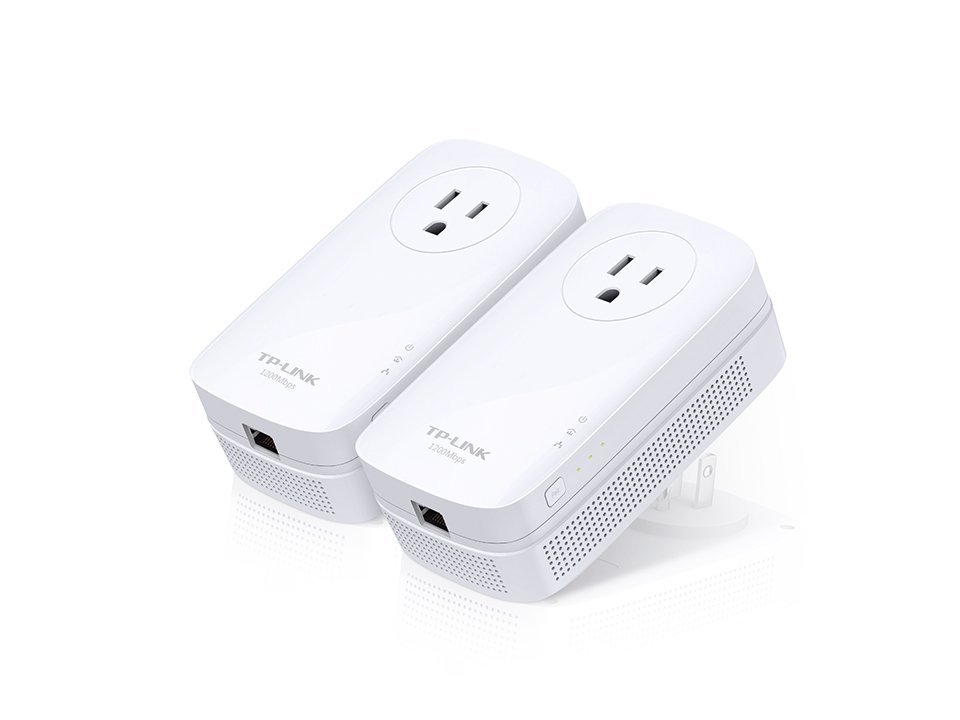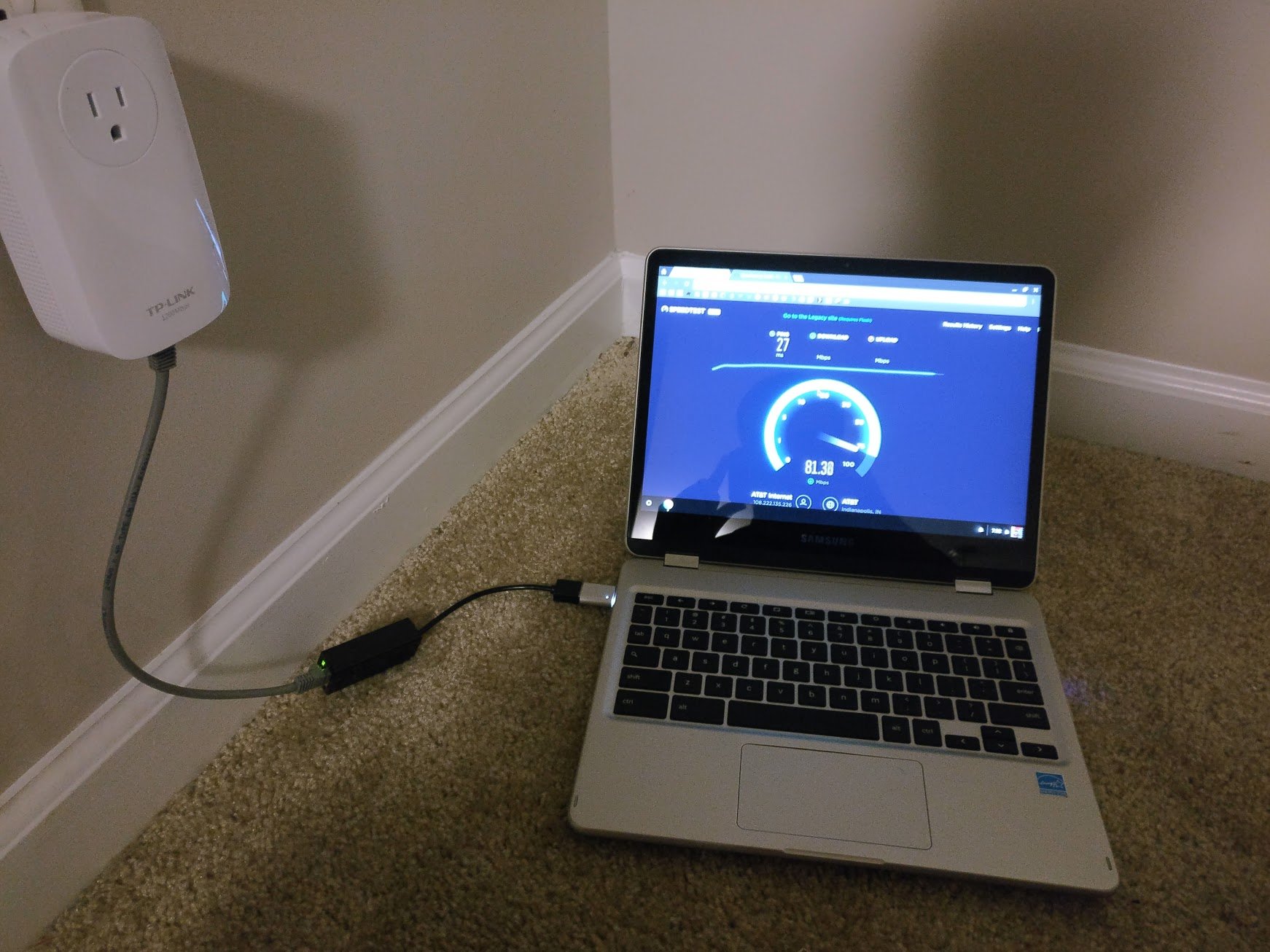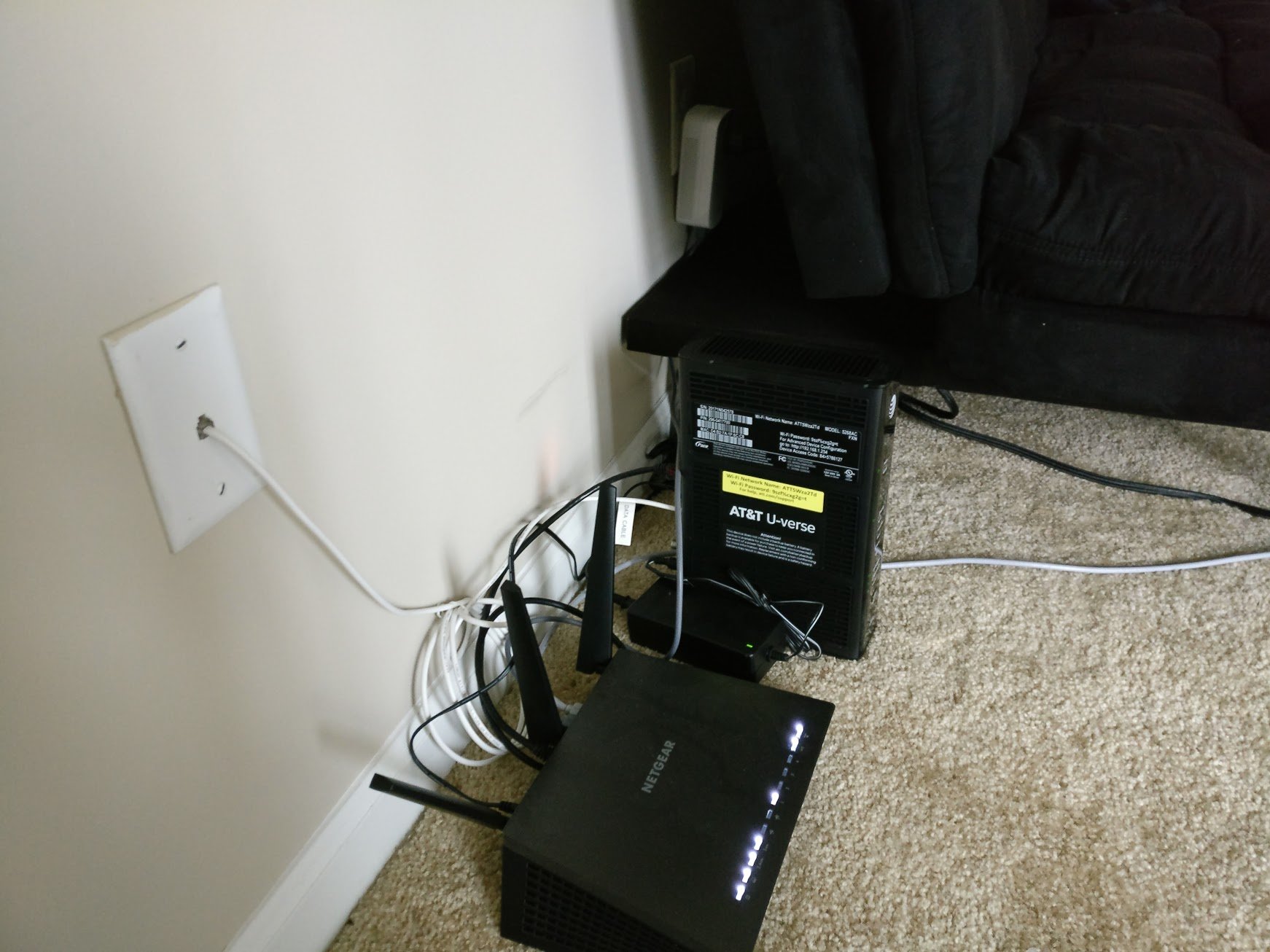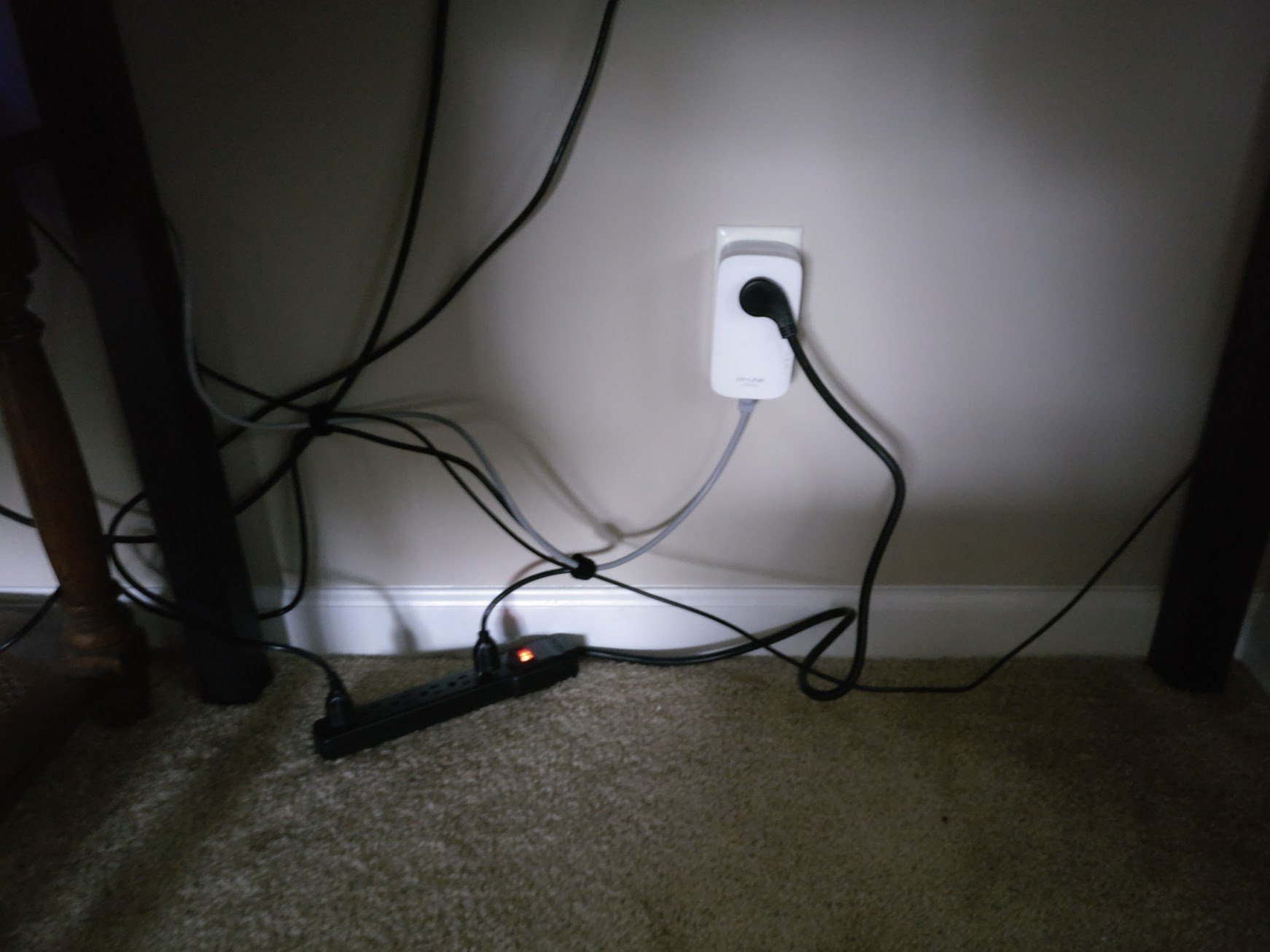What you should know about Powerline networking in your home
Powerline networking is a cool and useful way to carry a wired Internet connection through your home or apartment.

For my entire adult life, I've been an apartment dweller. There was always the potential for me to move around for my job, so I didn't want to buy a house. But living in an apartment — or even a rented house — means I can't do any heavy customization. If I could, I'd punch holes in my walls and run Ethernet cable to every room, both to ensure consistent speeds and to keep my home network as safe as possible. As long as I can remember, I've always had my desktop and Xbox plugged into Ethernet for these exact reasons.
Powerline networking is a cool way to bridge this gap. With the right adapters, an Internet connection can be carried over the electrical wiring in your house or apartment, rather than having to string Ethernet cable everywhere. I wanted to try this, so I bought a TP-LINK set. There are cheaper models that carry a connection at slower speeds, but I wanted to give the connection more headroom and get a kit that would work in the future if I get a faster Internet connection.
Here are some thoughts on the experience.
Getting started

Installation is simple: You just plug an Ethernet cable from your router or modem into one of the adapters, then plug that adapter into an electrical socket. But you need to make sure it's plugged straight into the socket, not into a power strip or UPS. The connection might carry through these accessories, but speeds will be inconsistent at best.
In another room, plug in the other adapter and plug an Ethernet cable into that. From there, the Ethernet cable can be plugged into a switch, a router or in my case, straight into my Windows desktop computer. Assuming the electrical wiring in your home was installed in the last 30 or so years, the signal should carry without issue. The adapters sold in the same box will already be paired together, meaning they are plug and play.
This introduces a security issue, however. If someone who lives in your complex buys the same brand and model of adapter, it's possible that they would be able to gain access to your network since the adapters would share the same default credentials. Fortunately, there's a way to pair the adapters so that they establish their own credentials. This will also let you add more adapters to your network. The exact method varies from brand to brand, but on my TP-LINK adapters, there's a pair button on the side of the adapter. There's also a utility that can be used to manage the adapters.
Testing

My primary reason for trying the powerline kit was to be able to connect my desktop to my router without needing to run a super long Ethernet cable across my apartment. My modem and router are in my living room, since that's how my apartment is wired, so by necessity my desk was also in my living room. It was not the end of the world, but I wanted to have my desk in my dining room just to have things spread out more. Before moving my desk, I installed the powerline kit and got my laptop out to test the connection speeds. I did three speed tests with an Ethernet cable straight from my router, and it had an average download speed of 82MBps. Next, I plugged my Ethernet cable into the Powerline adapter, plugged the adapter into the wall, and then put the other adapter into a power outlet.
All the latest news, reviews, and guides for Windows and Xbox diehards.
Because I cut power to my modem and router, they needed a few minutes to get up and running. Once they were back online, I plugged the Ethernet cable into the adapter in my kitchen and ran three speed tests again. The average speed for those tests was 81MBps, which is close enough for me to say there wasn't any real degradation.

Final thoughts on Powerline networking
Raw download speed isn't the only issue to be worried about here. Inter-network speed is also an issue to consider, particularly for those that run a media server. I didn't do any scientific measurements, but I'm happy to report that streaming movies from my Plex library on my desktop computer to my Xbox or Chromecast still works like a charm. Even better, streaming games from my Xbox to my desktop is still just as smooth before I moved everything around.
Truth be told, I sort of wish I had to do some troubleshooting that I could describe here. But it was just plug and play. The network works without any issue, and I'm really happy to have my desk back where I originally wanted it.
Are you interested in a Powerline networking kit? Do you have experience with one? Let us know your thoughts in the comments.

Tom is a Former Contributor for Windows Central.
